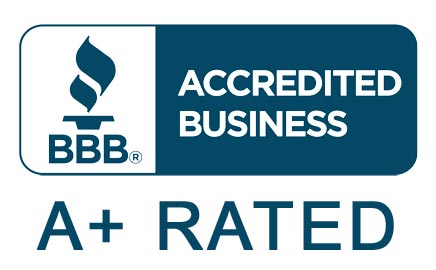Phoenix Automotive Maintenance Summer Tips – Before you go on your summer trips make sure you’re taking care of your mode of transportation. The heat, dirt and dust, and stop-and-go traffic take a toll on vehicles during the hot summer months. Combine the intense Arizona heat with the effects of the previous winter, and you’re due for a breakdown. The good news is that you can reduce the odds of mechanical failure through periodic maintenance and the following automotive maintenance tips for the hot, hot, summer months.
Phoenix Automotive Maintenance Summer Tips
1. Check the Tires
Check the tire pressure at least once a month, including the spare. To get the best reading, check the tires before driving any real distance, while they’re cold. It’s also a good idea to make sure that your jack is in good shape. If you don’t have a jack, get one now, especially if you’re going on a road trip. Also, inspect the tires for tread life, cupping, and uneven wearing, and check the sidewalls for nicks and cuts. It’s also a good idea to have the tires rotated around every 5,000 miles.
2. Oil Change
Having the oil changed is crucial for the life of your car. If you frequently go on long trips, towing a trailer or carrying a lot of luggage, it’s a good idea to have the oil changed every 3,000 miles. Other than that, the best rule of thumb is to follow the recommendations in your vehicle’s service manual.
3. Coolant
One of the biggest cause of breakdowns during the summer months is overheating, making coolant one of the top automotive maintenance concerns. The level, condition, and the concentration of the coolant needs to be checked periodically to prevent overheating problems as well. In addition, the cooling system needs to be completely flushed and refilled around every 24 months.
4. The Air Conditioner
summer months. It’s always a good idea to have the air conditioning checked to ensure that it’s running in tip top condition.
5. Battery
Routine battery maintenance includes removing corrosion from cable connections and posts, tighten up all connections and clean surfaces. It’s also important to have the battery inspected for leaks. This is best performed by an auto repair shop because they’ll have the equipment necessary to do it right.
6. Windshield Wipers
If your windshield is dirty, it can pose a safety hazard and cause eye strain. Improved visibility means improved safety and less stress, and replacing the wiper blades if they’re worn out is inexpensive insurance. Make sure the reservoir is filled with windshield washer solvent.
7. Air Filter
Regularly changing the air filter will help extend the life of the engine because it’s designed to capture dirt and debris that can damage internal engine parts like pistons and cylinders. Damage to the engine causes by small particles can result in expensive repairs
8. Brakes
Brakes need to be inspected according to your service manual, or at the first signs of a problem, including stopping distance issues, squeaky noises, pulsations or grabbing. When it comes to automotive maintenance, having your brakes inspected should be at the top of your list.
9. Fluid Levels
Check all pertinent fluids, including brake fluid, power steering fluid, transmission fluid, coolant, engine oil and windshield wiper fluid. If you find a leak during an inspection, have a mechanic check it out right away. It’s always best to catch a problem early before you face a break down on the road.
10. Professional Service
Have a professional do an automotive inspection to make sure everything is good to go.
To learn more about our Phoenix automotive maintenance inspections, click here.






